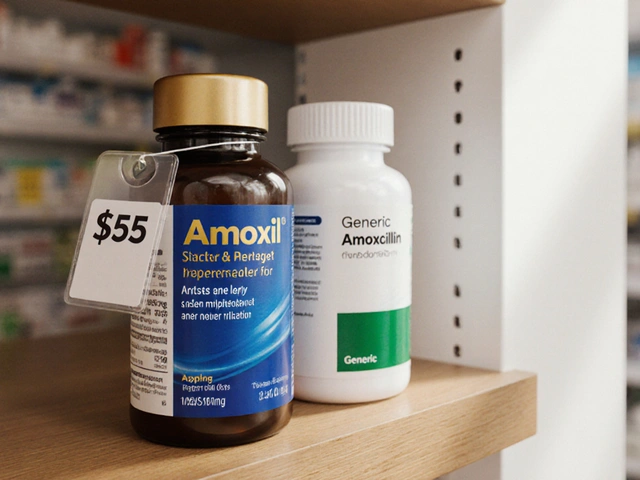Severe Pancreatitis Treatment: What You Need to Know
When dealing with severe pancreatitis treatment, the urgent care of a life‑threatening inflammation of the pancreas. Also known as critical pancreatitis management, it demands a coordinated plan that tackles inflammation, organ support, and complications. The first step often revolves around fluid resuscitation, aggressive IV fluid therapy to restore circulating volume and prevent shock, followed closely by nutritional support, early enteral feeding to preserve gut integrity and reduce infection risk. For patients who develop necrotic tissue, endoscopic therapy, minimally invasive drainage or debridement of infected collections becomes a key option. These three pillars—fluid resuscitation, nutrition, and endoscopic intervention—form the backbone of effective care, and each influences the next step in the treatment pathway.
Why Early Fluid Resuscitation and Nutrition Matter
In the first 24‑48 hours, the body loses massive amounts of fluid into the retroperitoneal space. Prompt, goal‑directed fluid resuscitation (severe pancreatitis treatment) reduces the risk of hypoperfusion and organ failure. Clinicians usually target a urine output of at least 0.5 mL/kg/h, using crystalloids like lactated Ringer’s solution, which also buffers the acidic environment. At the same time, avoiding prolonged nil‑by‑mouth status is crucial. Early enteral nutrition—delivered through a naso‑jejunal tube if oral intake is unsafe—supports gut mucosal immunity and lowers the chance of bacterial translocation. Studies show that starting feeding within 24–48 hours cuts infection rates by nearly half compared with delayed feeding. Antibiotics are reserved for proven infection; routine prophylaxis adds little benefit and can promote resistance. Together, fluid management and nutrition set the stage for stable hemodynamics, less inflammation, and better tolerance of later procedures.
When fluid and nutritional goals are met, clinicians shift focus to complications such as pancreatic necrosis or pseudocysts. Here, endoscopic therapy, image‑guided drainage or stenting of obstructed ducts often replaces open surgery, reducing hospital stay and mortality. Endoscopic ultrasound (EUS) helps locate fluid collections, and lumen‑apposing metal stents create a safe conduit for drainage. If infection persists, a step‑up approach—starting with minimally invasive percutaneous drainage, then moving to endoscopic or surgical debridement—optimizes outcomes. Ongoing monitoring of labs, imaging, and clinical signs guides escalation or de‑escalation of care. By integrating aggressive fluid resuscitation, early nutrition, and selective endoscopic intervention, the treatment plan addresses the full spectrum of severe pancreatitis, from stabilization to resolution. Below you’ll find a curated list of articles that dive deeper into each of these strategies, offering practical tips, dosing tables, and real‑world case discussions.

Medication‑Induced Severe Pancreatitis: Warning Signs and Treatment
Learn how to spot medication‑induced severe pancreatitis, identify high‑risk drugs, and follow a step‑by‑step treatment plan that can save lives.




